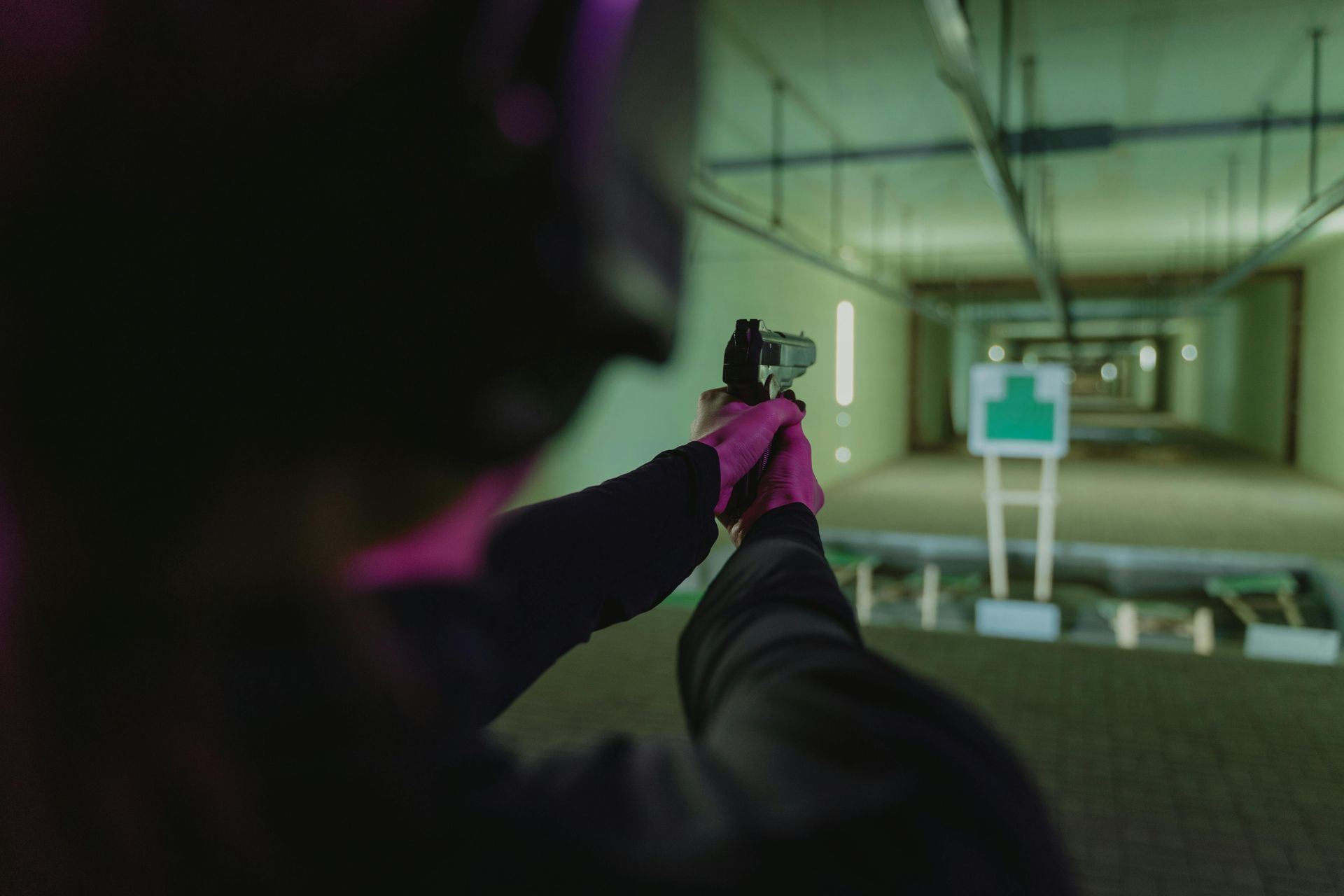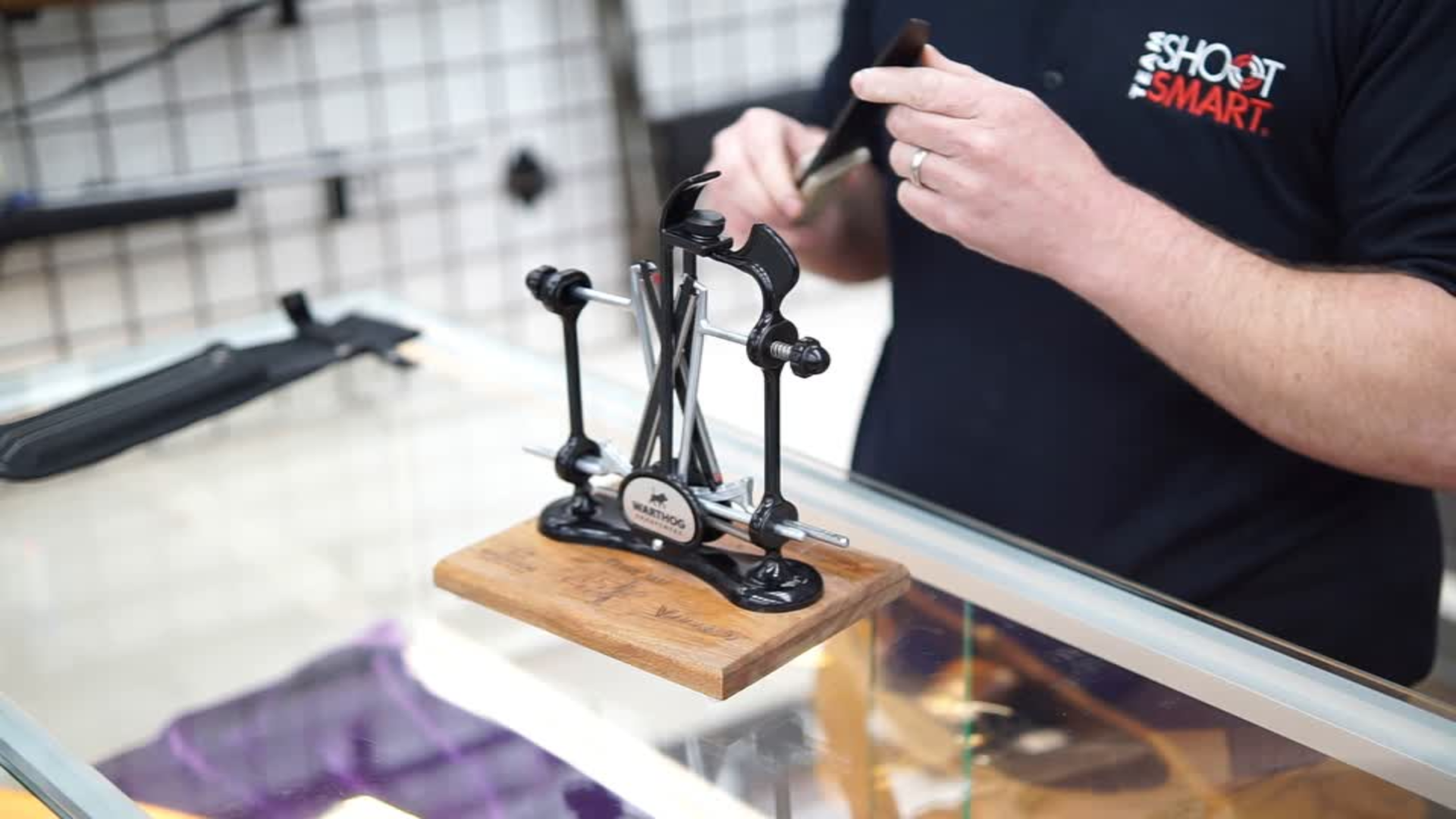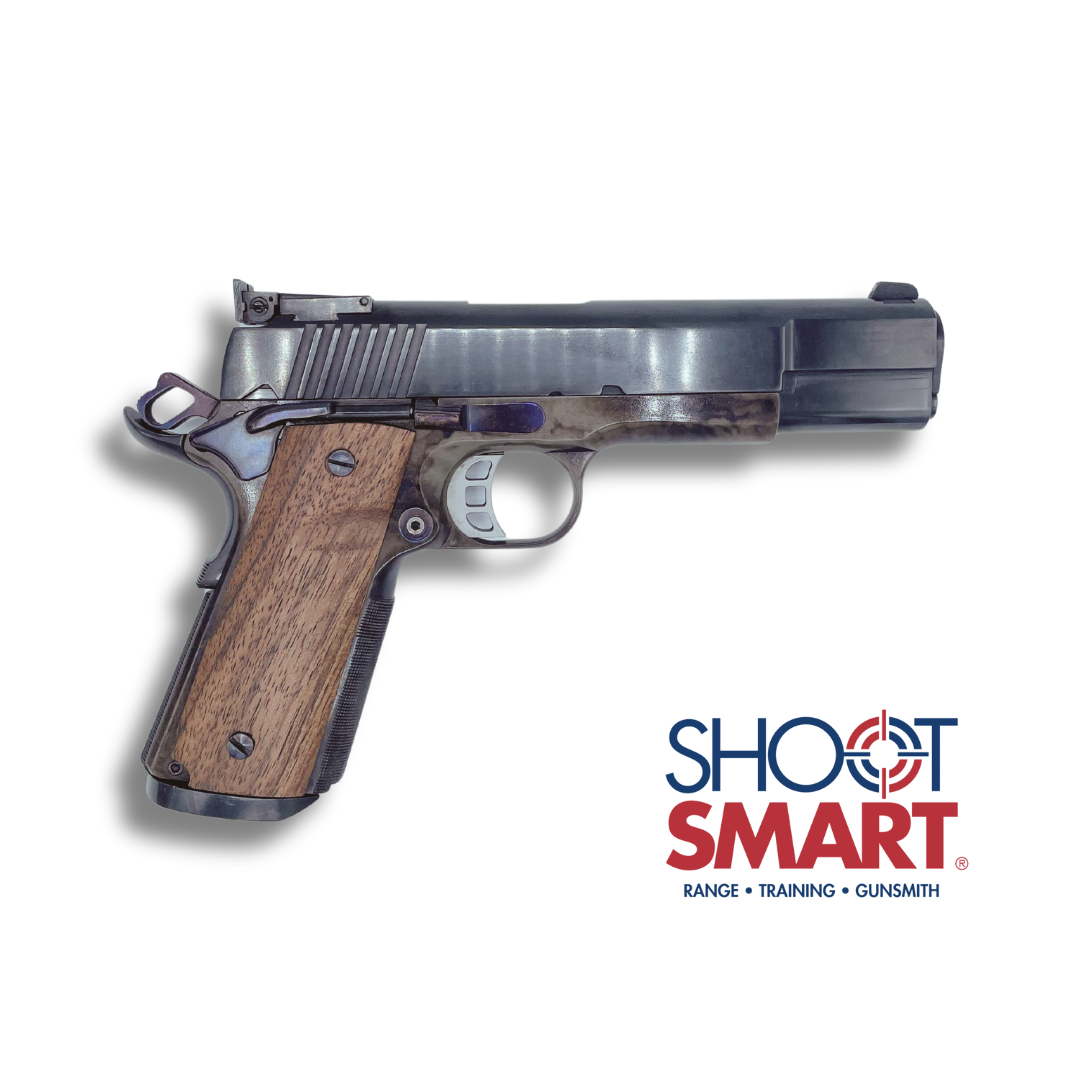Vehicle Storage
“Constitutional Carry” has caused a significant amount of controversy and confusion for Texans. The most recent point of confusion seems to be who can carry a firearm in a vehicle and how. I’m happy to report that “Constitutional Carry” has little to no impact on a person’s ability to transport or store a firearm in a vehicle.
Texas penal code 46.02 allows any person to carry a handgun in a motor vehicle or watercraft owned by or under the person’s control, provided the firearm is not visible unless it is carried on their person in a holster. A person is prohibited from carrying a firearm in a motor vehicle or watercraft if they are
- engaged in criminal activity
- prohibited by law from possessing a firearm.
Basically, handguns are perfectly legal for most people to have in a vehicle as long as it’s concealed or “not in plain view”. Open carry in a vehicle is only allowed when the firearm is on your person and in a holster. Chapter 37.0815 of the Texas Education Code prevents a School district or open-enrollment charter school from prohibiting a license holder (including a school employee) from transporting or storing firearms or ammunition in a locked privately owned or leased vehicle in a parking lot, parking garage, or other parking provided by the school. Nor can they regulate how the firearm or ammunition is stored provided it’s not in plain view.
Some things to think about when it comes to vehicle carry.
- Is the firearm just concealed or secure? It’s important to remember that there is a difference between simply concealed and secured. Secured means not accessible to other people like kids, mechanics, valets, and thieves. Will these people have potential access to your firearm when your vehicle is out of your control? Where will the firearm end up if you are in an accident? A properly secured firearm can help reduce the chance of your firearm winding up in someone elses hands.
- Don’t leave your firearms in your vehicle overnight, especially if it’s not secured in some sort of lockbox or safe. It’s not a matter of if your vehicle will get broken into, it’s a matter of when. You can avoid dealing with the headache of a stolen firearm by bringing it in at night.
- What type of security device will work best for your needs? This will depend on a number of things including what type of vehicle you have, how much room you have available, your price range, and if kids or other people have access to the vehicle. We recommend a device that mounts to your console, seat, or glove box for added security.
- Practice, practice, practice! Ensuring your firearm is secure in your vehicle is fantastic, but it won’t do you any good if you can’t get to the firearm if you need it. Practice getting to your holster, lockbox, or safe while sitting (both buckled and unbuckled), standing at the door, and running to your vehicle. When practicing getting to your firearm it’s vital that the firearm be unloaded with no live ammunition in the vehicle, this will prevent any negligent discharges and potential damage to yourself or your vehicle.
Be sure to open our Friday email for a few recommendations on vehicle storage devices.
By Cassie Shockey, Customer Programs Manager & LTC Instructor
Recent Posts






